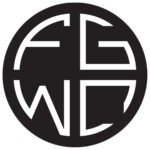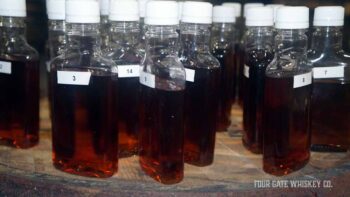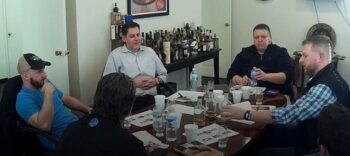This is part III of the series. To start this series from the beginning, click here.
 You know how at some point in your life, you meet someone who has what you can only imagine to be your dream job? They always say that, “Yeah, it’s a great, but it’s still a job.” It always drove me nuts… until I had that “aha!” moment myself where I realized that even though it is a great job, it’s still a job.
You know how at some point in your life, you meet someone who has what you can only imagine to be your dream job? They always say that, “Yeah, it’s a great, but it’s still a job.” It always drove me nuts… until I had that “aha!” moment myself where I realized that even though it is a great job, it’s still a job.
We had spent all day in Bardstown checking our first 25 barrels. We’d found that one of the 25 was completely empty and 2 were alarmingly low (as in under 10 gallons). We had run over the numbers a thousand times to decide how we would address it. Obviously, getting a few barrels that cost thousands of dollars and yield little to no return is a hit on margins. Our company and its investors had a lot of money invested in this project and we’re not in it for free. That pushed the price we have to charge to distributors up a little. And even after drawing samples from all 25 barrels, we still didn’t know what the yield would be in terms of average gallons per barrel, which scared the bejeezus out of us. I mean, I’ve consulted on blends before, and I’ve actually blended before. But I’ve never had to consider fill levels or return on investment in regards to whiskey. This was entirely new to us.
 My “Aha!” moment came later that night. We had scheduled to meet at Kelvin Cooperage in about 5 days with some fine folks with very good palates to help us make the right decision on which blend of barrels we chose. We call that the “collaboration” team, and hope to do that with a different team for each batch. The plan was for me to taste the samples and create three distinct blends for the collaboration team to taste, give us feedback, and ultimately help us choose. Now, it may not be evident, but in reviewing and tasting bourbon, I always like to at least try to do it over 2-3 nights. That way, if I’ve had something to eat or drink hat throws my taste off, or my palate is just off one night, it won’t color my review or tasting notes. Given that, I only had about 4 nights to taste and blend these samples. That meant I had to taste all 25 samples that same night, then again at least once more to give myself a day or two to play around with blends.
My “Aha!” moment came later that night. We had scheduled to meet at Kelvin Cooperage in about 5 days with some fine folks with very good palates to help us make the right decision on which blend of barrels we chose. We call that the “collaboration” team, and hope to do that with a different team for each batch. The plan was for me to taste the samples and create three distinct blends for the collaboration team to taste, give us feedback, and ultimately help us choose. Now, it may not be evident, but in reviewing and tasting bourbon, I always like to at least try to do it over 2-3 nights. That way, if I’ve had something to eat or drink hat throws my taste off, or my palate is just off one night, it won’t color my review or tasting notes. Given that, I only had about 4 nights to taste and blend these samples. That meant I had to taste all 25 samples that same night, then again at least once more to give myself a day or two to play around with blends.
I remember sitting at my bar with 25 200ml bottles in front of me, having been out all day and tasted several times at the warehouse and thinking “Oh God. I don’t want to do this tonight.” That was my moment. I didn’t have a choice- great job or not, it was still a job.
I know, I know. First world problems, right? I’m not complaining, just blogging out my experience.
Like a trooper, I pushed through and tasted small sips of each barrel, writing down impressions of each. The Next night, I did it again. The third day, I did it one more time. I found that after three tastings, I was confident in the general nuances of each sample and got to blending. I found two general themes in our barrels- one theme was sweet on the front of the palate with a quick finish. The second was spicy with a slightly longer finish. So I blended to highlight those two themes, with a third blend mixing the two, trying to catch the sweetness of blend one with a longer, more satisfying finish like blend two.
Then we went to Kelvin. I won’t lie, even though I know the three gentlemen who graciously agreed to help us choose the blend, I didn’t know if they would feel the same way I did. Would they even be able to tell a significant difference between the blends? Would they hate them all?

The three folks on the collaboration team were Brian Haara, known online as Sipp’nCorn, lawyer and author of Bourbon Justice: How Whiskey Law Shaped America, Owen Powell, founder of Louisville Bourbon Hounds, and Louisville Bourbon Hounds administrator and veteran private barrel picker Craig Rupprecht.
I know these guys, and these guys have refined palates. There was no fooling them. But either I did a good job blending or we were really lucky. They seemed to enjoy the blends and had lots of feedback on the differences between them. We chose Blend #2 as the favorite. 13 barrels of spicy goodness.
Then it was on to the secondary barreling.
Fast Forward past the holidays to January and Bob and I met at our bottler in Bardstown to check out the rebarreling process. Our chosen barrels had been dumped the day before into a giant stainless steel agitator and tank. I had my camera ready for what I assumed to be a long round of photo and video taking. It took all of 30 minutes, and that’s with us interrupting to take photos pretty often. A pump, a hose, and our six barrels- That’s all it took. It took me longer to drive one-way to Bardstown than the entire process of rebarreling. Oh well.
What matters is that William Hornaday at Kelvin had done a great job air-testing and wrapping our finish barrels because they were still moist and the aromas of grape jelly, maple syrup, and dark chocolate exploded out of the barrels. I’d like to expound here about how we smelled the whiskey in the barrels before they were re-sealed, but there is simply no way to write about noses in bungholes that doesn’t open me to a world of horrendous jokes, so I’ll just say that the barrels smelled fantastic.
And now we wait.
Meanwhile, Politics in Washington were brewing up a possible delay for us…
End Part III
Check back often for more info in Part IV and beyond of Making a Whiskey Label, and look for Four Gate Whiskey Batch 1 this spring in Kentucky and Tennessee:
Four Gate Whiskey Company
The Kelvin Collaboration, Batch 1
Spring 2019
The rest of the series “Making a Whiskey Label:”



















